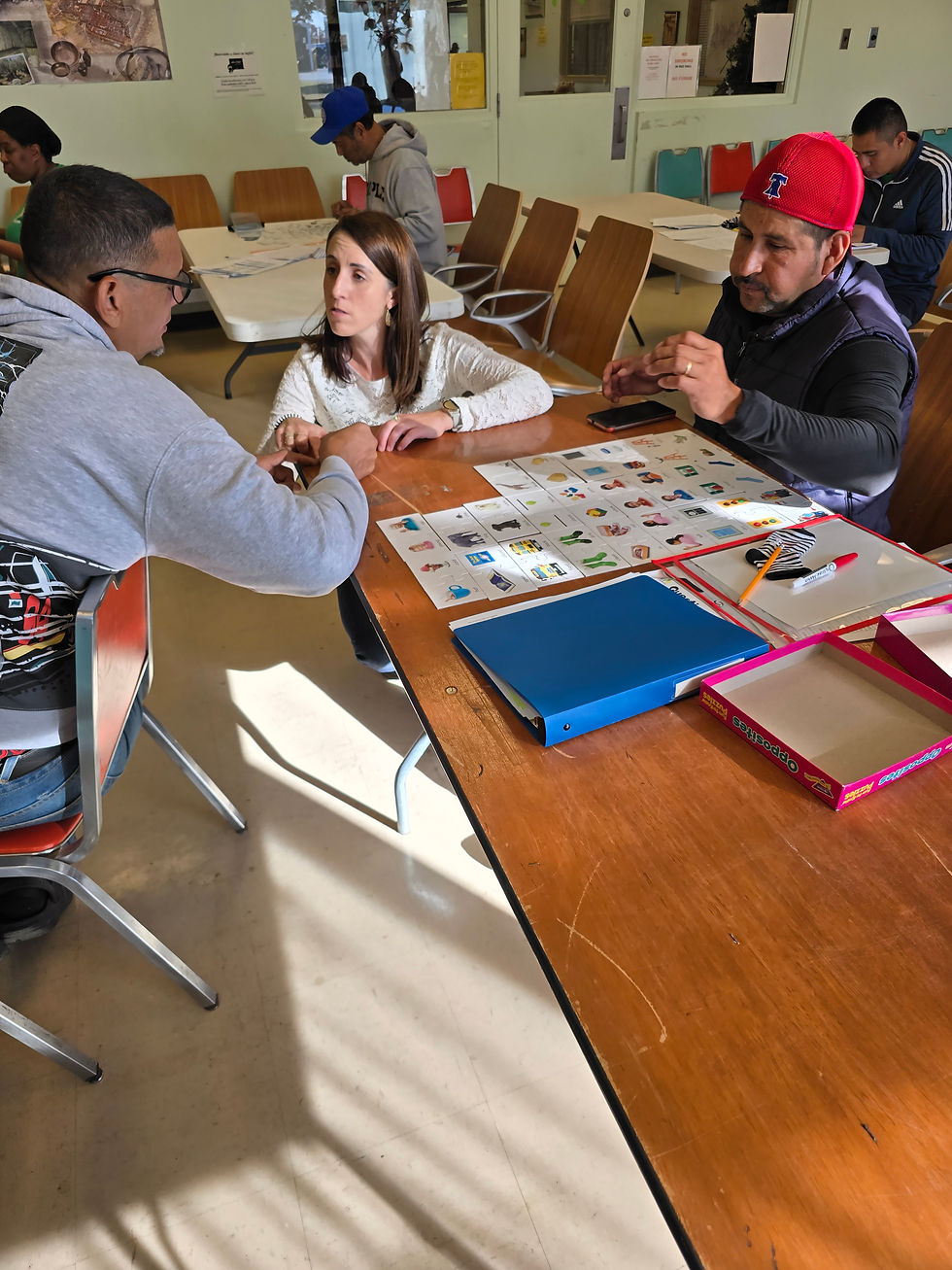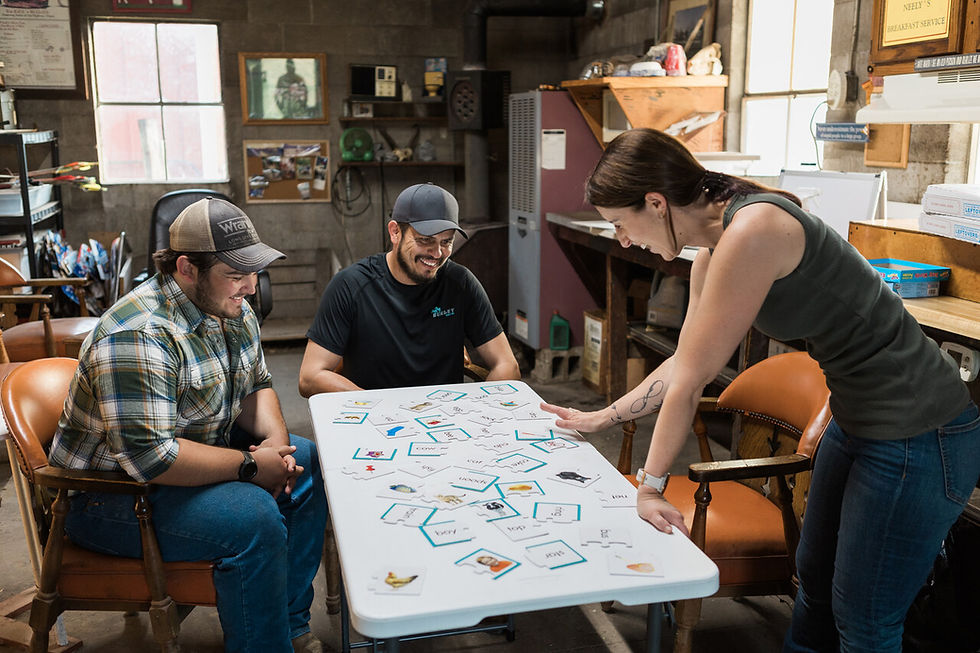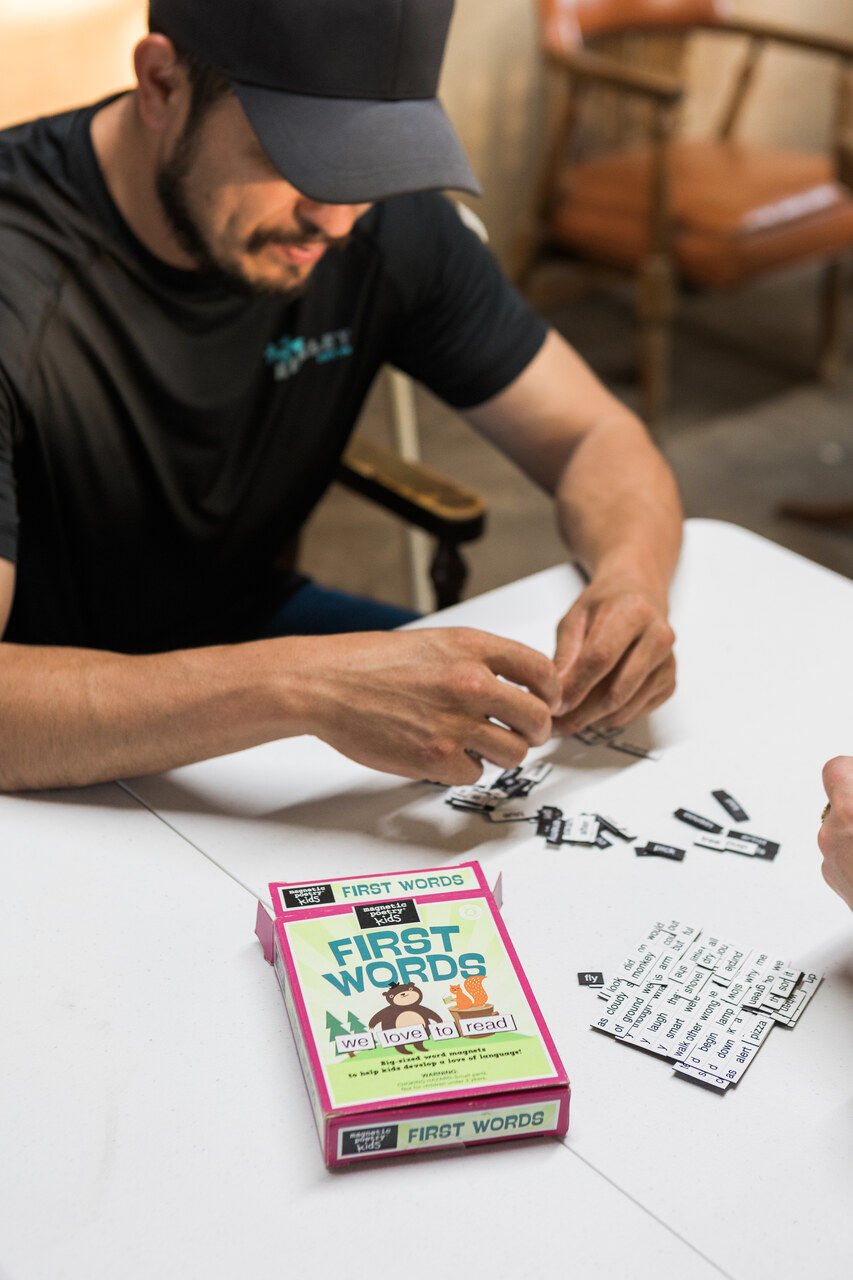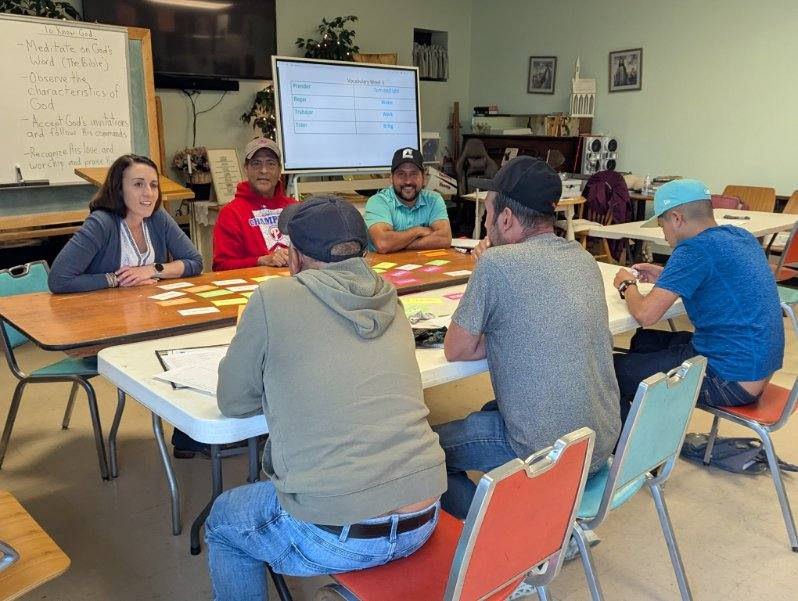They’re Here and Need to Learn English (It’s a Problem I Can Fix, But Not Without Funding)
- Katie Dotterer

- 5 days ago
- 4 min read
The phrase above, I’ve heard it a thousand times. Is it infuriating? Sometimes. But it’s also motivating, because I have the solution. Here’s the thing—as a solopreneur language teacher in the ag industry—I face some pretty specific struggles. One of the biggest? Getting funding to do my job.

I wish I could tell you how many grants I’ve applied for, only to be rejected with feedback that says, “A university should be offering this.” Well, they’re not. I am. People say they want to break down the language barrier. They say they want to provide ESL (English as a Second Language) courses. But guess what? When it comes time to put their money where their mouth is, all I hear are crickets.
I’m stuck in a frustrating loop of grant rejections. And honestly, I’m over it.
Need for ESL? Sure, But Where’s the Funding?
Let’s talk about the disconnect here. Everyone knows that ag workers—especially Spanish speakers—need to learn English to communicate safely and effectively on the job. Employers want it. Workers want it. In fact, I hear from Spanish-speaking farm workers and their English-speaking employers every week, inquiring about ESL courses. Sometimes their emails break my heart. I desperately want to help and make life and work better for people on farms everywhere.

But when I approach potential funders? “Sorry, we just don’t have the budget,” or worse, they act like it’s some “nice-to-have” thing rather than the critical service it actually is.
What I don’t think they understand is that building and running a comprehensive ESL program isn’t as simple as throwing together a few lessons and calling it a day.
There’s curriculum to create, sector-specific language to research (hello, farming terms!), and all the behind-the-scenes work that makes a class not just functional, but valuable. It takes time—and you guessed it—money. Here’s the truth: I can’t build and teach courses on rainbows and sunshine.
The True Costs of a Solid ESL Program
I’m not talking about just pulling something off the internet and calling it “good enough.” That’s not how I roll. To serve agricultural workers in a way that truly makes a difference, I’ve got to dig deep. I research the terminology they actually need, from species-specific language to safety protocols to basic communication that keeps them out of harm’s way.
Teachers in a school environment have the benefit of a ready-made curriculum, but I create mine from scratch, oftentimes on the go, so that students can start using what they learn that same day.

I also have to cater to a diverse group of students, ranging from people with high levels of education in their home country to some who never go past the 5th grade.
And that’s just the teaching part. Then there’s the admin stuff—logistics, marketing, scheduling around workers’ long hours, creating accessible learning environments. It’s a lot.
So yeah, if you’re going to ask me to make that happen, you’ve got to pay for it. Yet, the same people who tell me to “address the language barrier” are the ones who shut the door on funding. Can you feel the frustration?

Why Community ESL Classes Aren’t the Solution
Let me level set for a minute: Not everyone can attend cookie-cutter community ESL classes.
In fact, for many ag workers, the idea of going into town to sit in a class with people they don’t know at a school or university that feels foreign is enough to make them shut down before they even start. These are people who work long, exhausting hours on farms, not people who can drop everything and show up for a class in the afternoon.
This is why AgvoKate is different. I meet my students where they are. I offer flexible scheduling and a welcoming, non-intimidating space. But, of course, none of that matters if I don’t have the funding to offer the ESL courses that will make a difference for these workers.

So, Where Do We Go From Here?
Here’s the kicker: If people actually want to address the language barrier in the ag industry, they need to get serious about funding ESL programs that work. The whole “we want this, but we won’t fund it” thing is getting old. We’re talking about a workforce that’s essential to keeping food on the table, and it’s about time we invest in their ability to communicate.
Agriculture has been my entire life. Teaching ESL and forming profound connections with the Hispanic community has been too. In fact, I’m ESL certified. I completed specific courses, an in-person practicum and continue my own education in this field. I’m sure it’s clear, but I want you to know that I care deeply about this.

I’m putting in the work. I’m doing the research. I’m creating a program that works for the people who need it most. And I have both the education and background that allow me to relate to my students, put them at ease, and help them learn.
But the reality is, without proper funding, I’m limited in what I can do. The people who should be supporting this effort are too busy saying they care, without actually stepping up to make it happen.

I’m not backing down—I’m going to keep pushing for the funding these workers and their employers deserve. But let’s be real, it shouldn’t have to be this hard. If we’re serious about improving language skills in the ag industry, we need to stop treating it like a side project and start seeing it as the critical service it is.
If that means rethinking funding priorities, then so be it. I’m ready when they are.
We can keep talking about the language barrier or we can actually break it. Change doesn’t come from good intentions- it comes from action. I’m building the program. The workers are ready. The industry is asking. The only question left is: who will step up?

.png)



Comentários